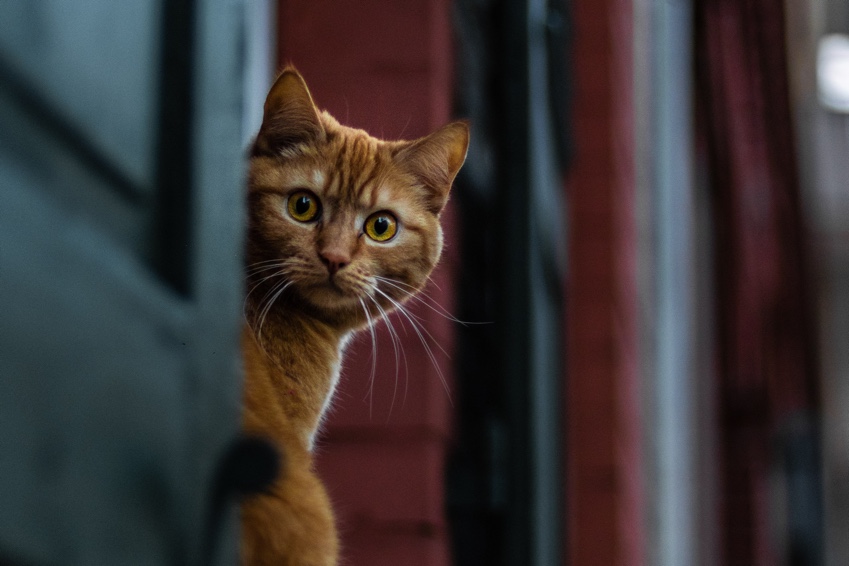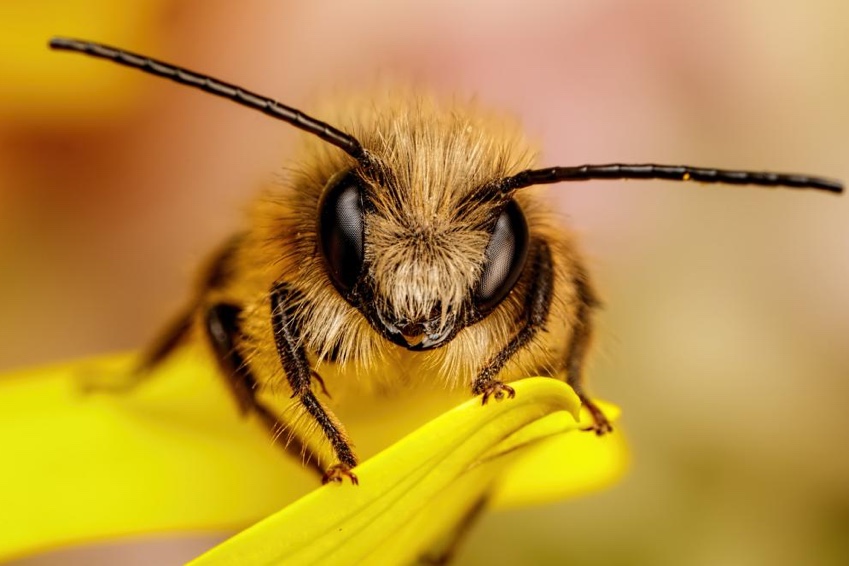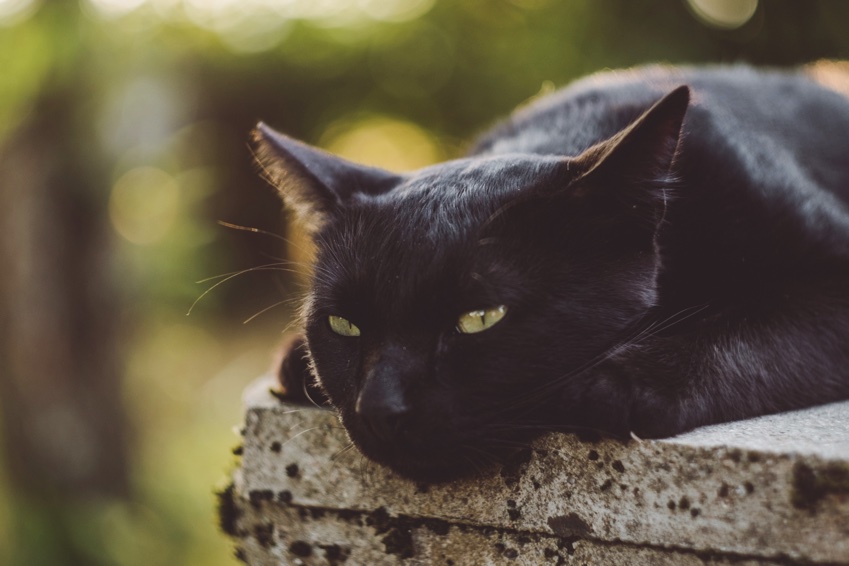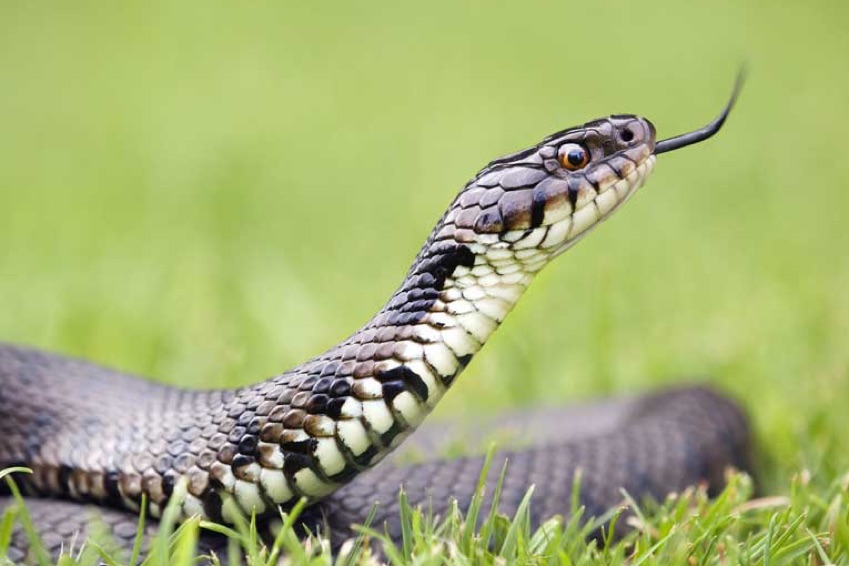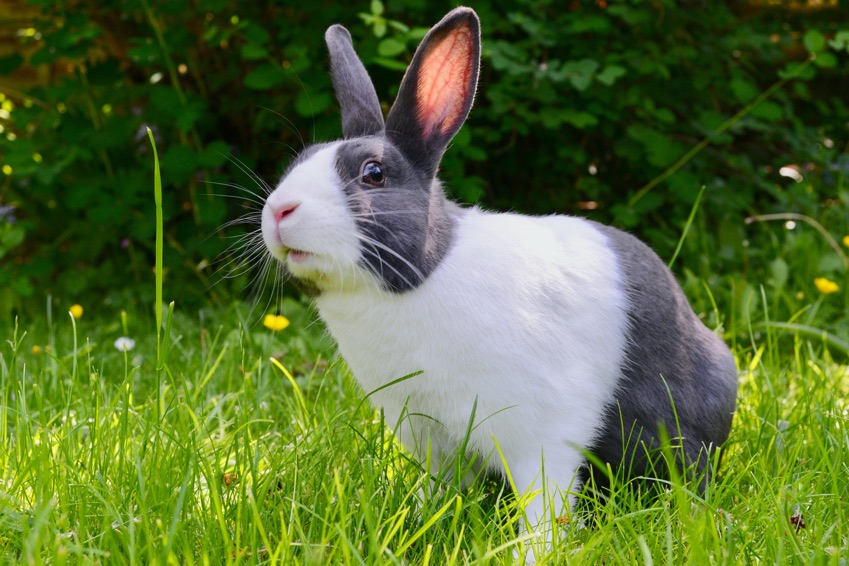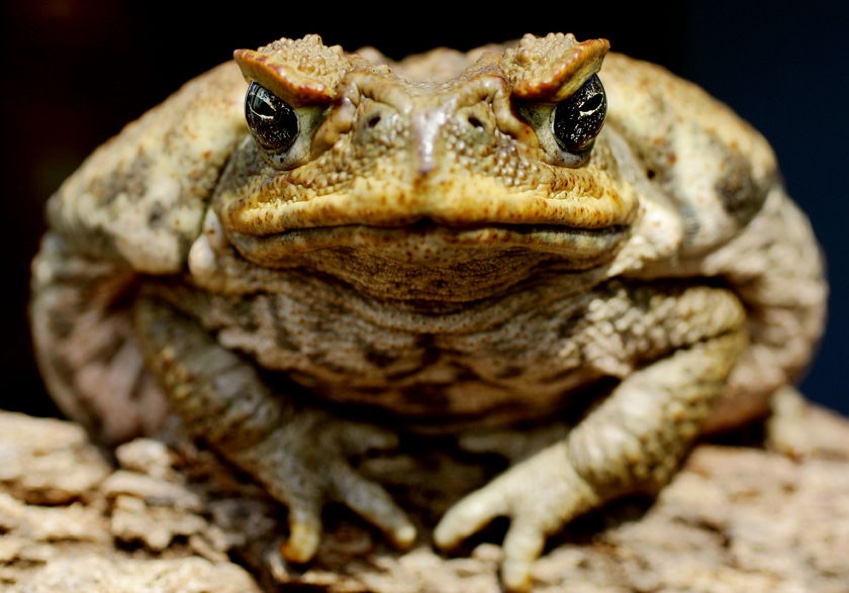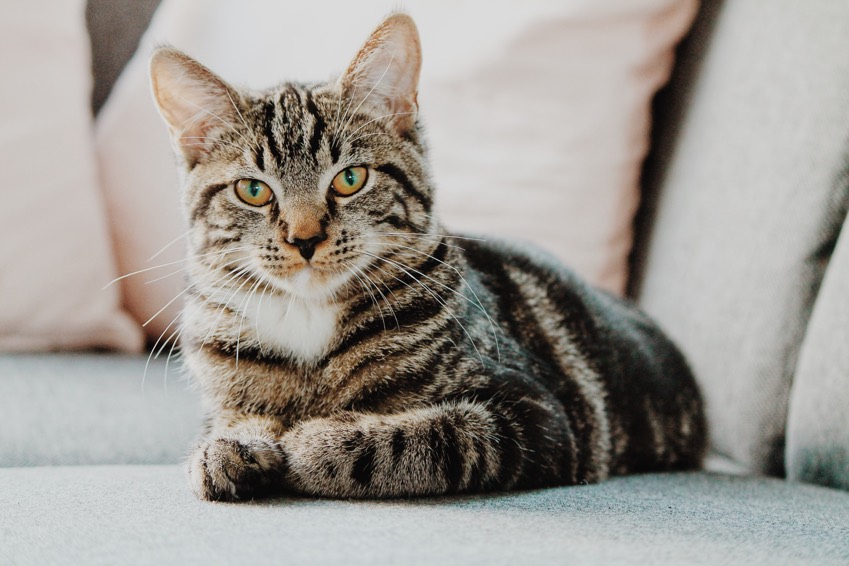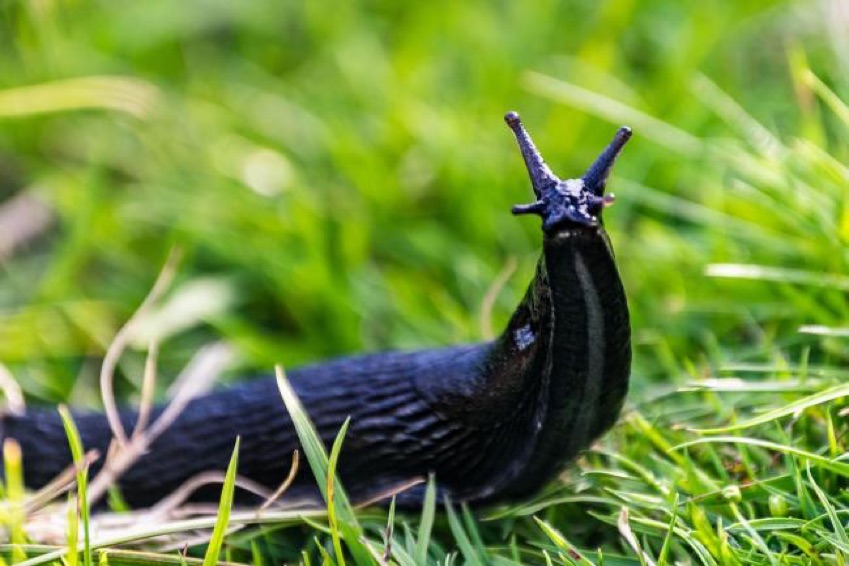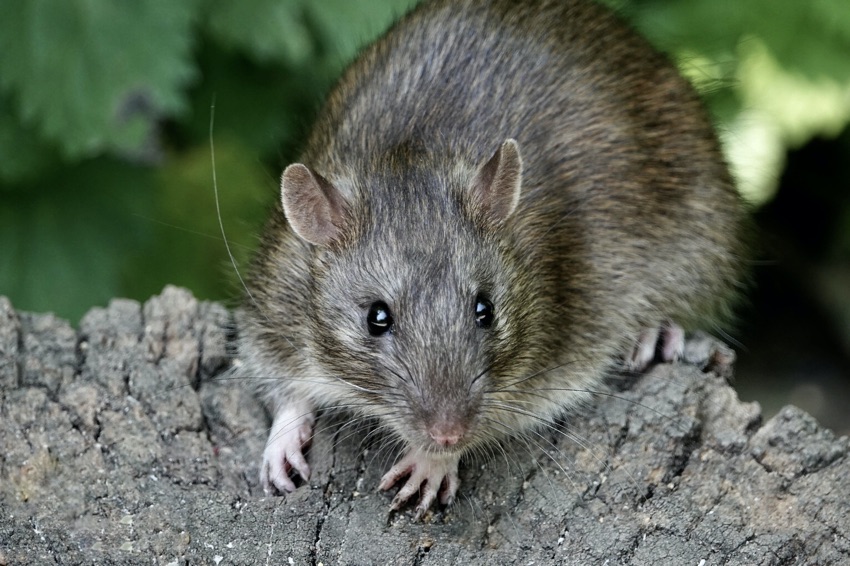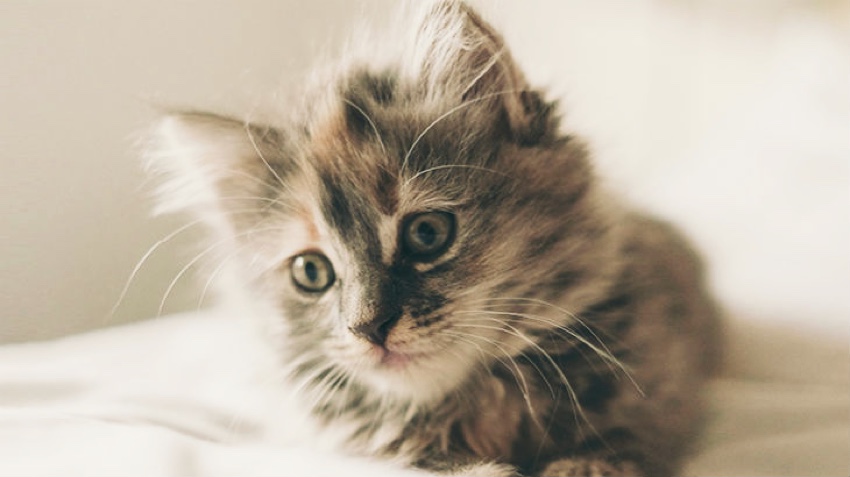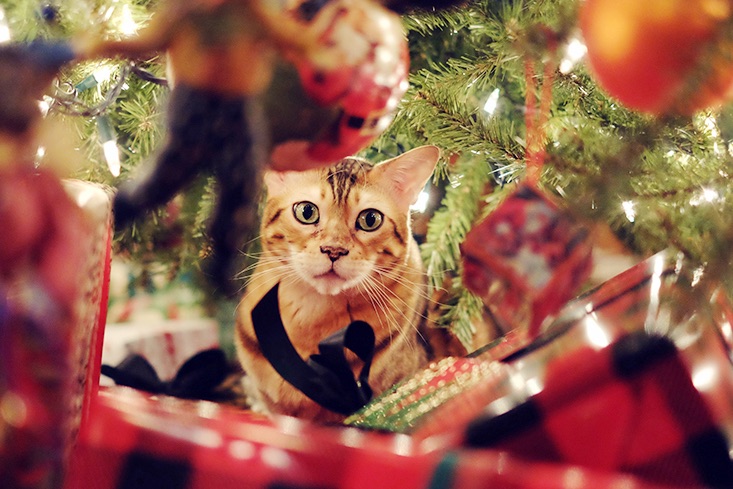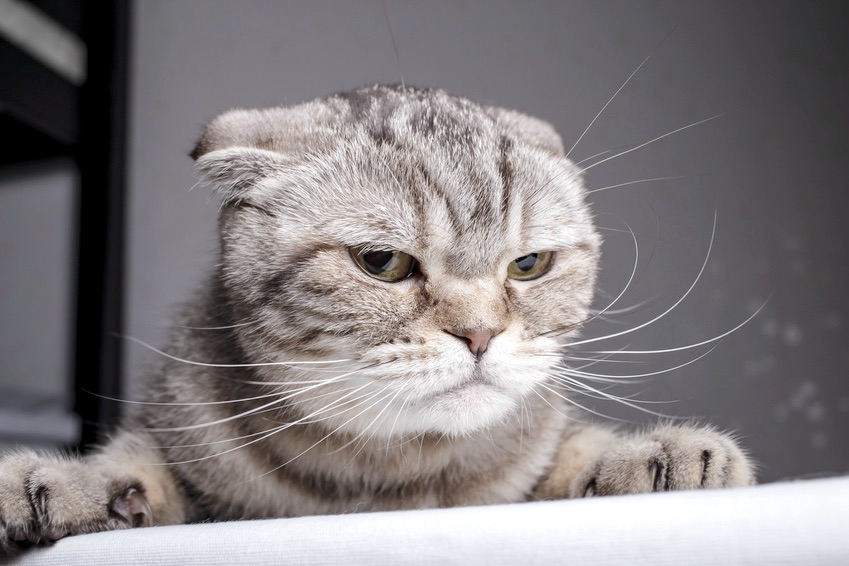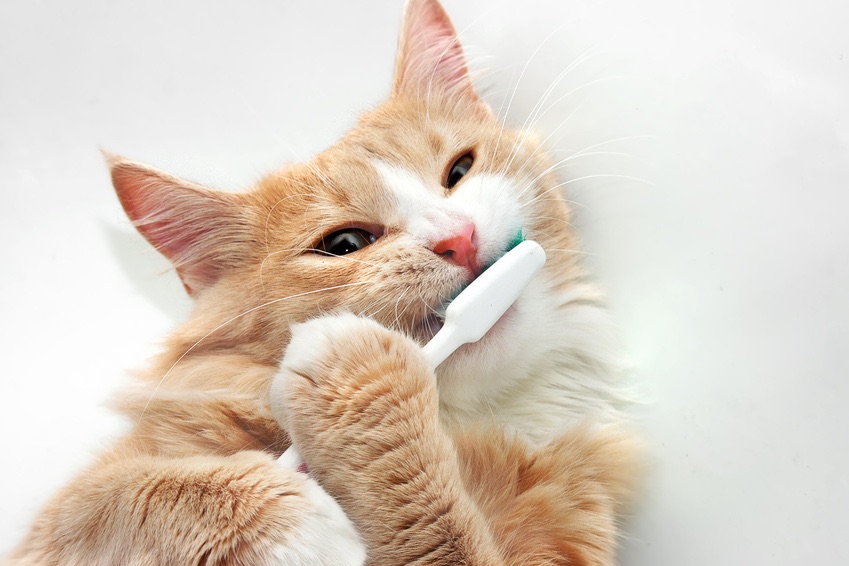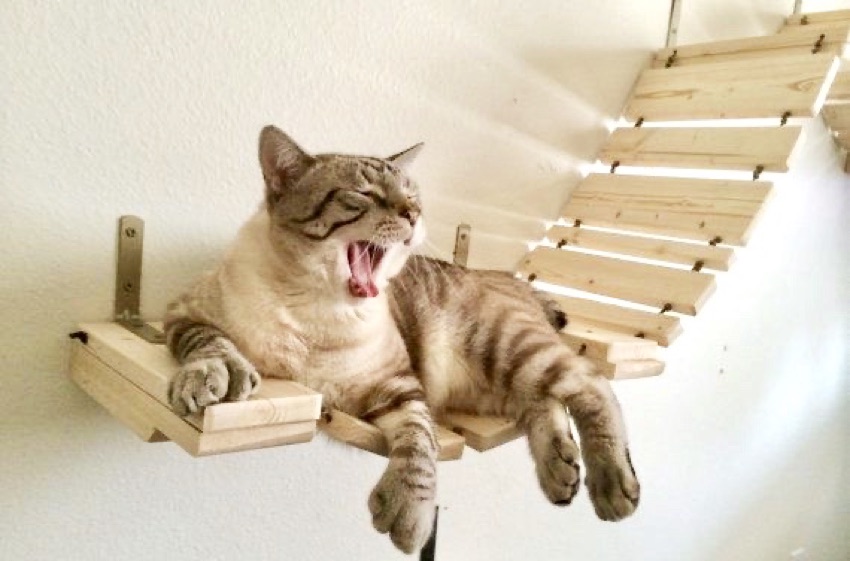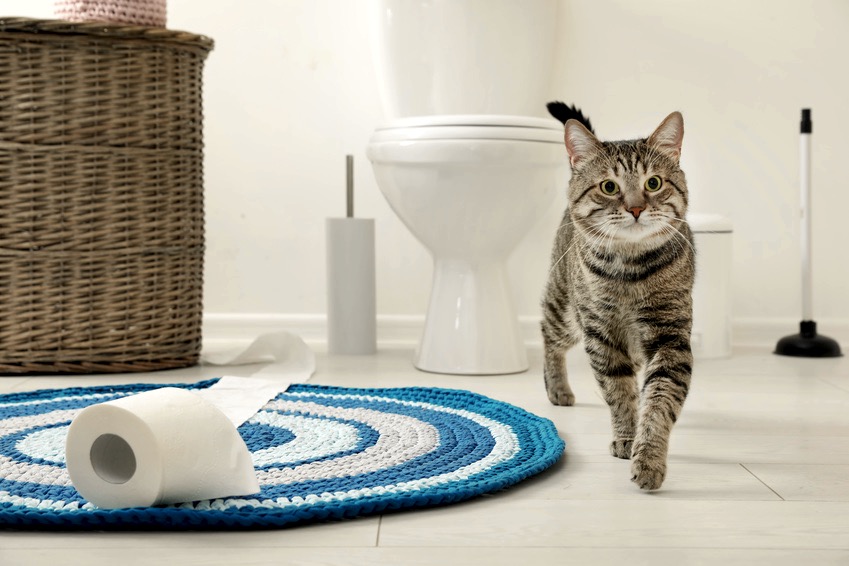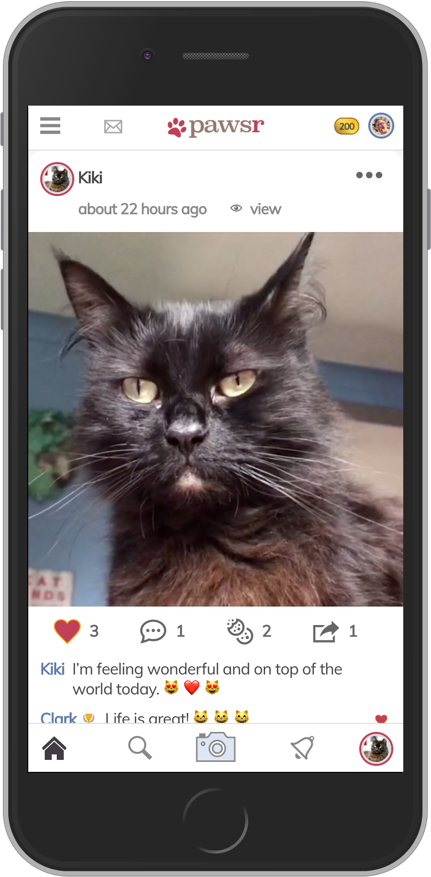If you share your home with a tiny house tiger, you are probably constantly on the alert for one sound in particular. At least subconsciously, in any case! It’s a sound that repulses even the most devoted cat parents. That distinct, lovely retch… and splat!
With shedding season rapidly approaching it’s surely something we’re all on the lookout for. The hairball - to put it simply, is more than a little yuck! They aren’t just a disgusting inconvenience for the unlucky soul charged with cleaning them up. They can even have a few nasty side effects for our beloved moggies.
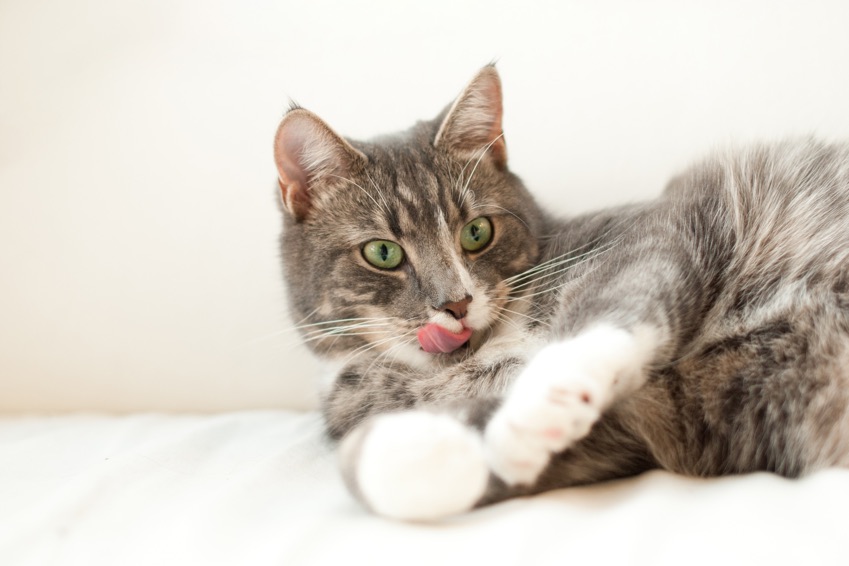
But why are our felines so afflicted? What causes hairballs, and what can we do to help avoid their production?
What Are Hairballs?
The name is rather a giveaway. But for the sake of clarification; hairballs occur when your cat grooms itself. Loose hair gets caught in the tiny hooks they have on their tongues. Some of the hair gets quickly spat out, while some passes uneventfully through their digestive tracts. Some of this gathers up in the cat’s stomach, which your moggy will then spit back up, often in style! Unlike the name, however, they are usually fairly long and thin in shape, rather than round. So yes – they’re hairy, but they’re certainly not balls in any shape or form!
Long haired breeds are most likely to be at risk of forming hairballs, though they may only develop them as they age. This is commonplace because young cats aren’t quite as adept or careful with their personal grooming.
Symptoms
So -what should you look out for? Unfortunately for anyone with a sound-triggered gag reflex, your first sign is likely to be a gagging or retching noise emanating from your pet. Happily though, this conspicuous tip-off usually means your cat will have produced their hairy offering in short order, giving you just enough time to don the hazmat suit and fire up the incinerator!
However, if your feline doesn’t stop retching, it could be a sign of something a little more concerning. If your cat is continuously retching, you should take them to your vet as quickly as possible - as some hairballs can cause internal blockages. These can have serious and occasionally fatal consequences. According to Pet WebMD, other signs to look out for in terms of hairball blockage can include:
* Sluggishness and lethargy
* Constipation and digestive problems
* Diarrhoea
* A lack of appetite or unwilling to eat
How to Help Prevent Hairballs
Can you beat the rogue hairball? Sadly, you can’t completely prevent hairballs - they are quite natural, but you can do a few things to help reduce the frequency, and generally make it easier for your kitty to pass these follicular pellets. It’s making it easier on them, after all!
One thing you may want to try is grooming your cat yourself. Assisting them with their grooming can not only improve your bond with your pet panther, it may also result in less hair gathering in their stomach, thus reducing the frequency and severity of their hairballs.
You can try a specialised diet, too. For example, you can introduce a special ‘hairball formula’ food. Depending on the brand and formula chosen, the included ingredients will work to improve your cat’s coat – therefore resulting in less need for grooming and less loose hair. An increase in fibre can also help pass the trapped hair through their system without incident.
Finally, if you believe your cat’s hairy deposits may be down to excessive or grooming, you can try discouraging them from doing it so much. Perhaps try teaching them a new trick or encouraging play to distract them! However, this might take a bit of time, a bit of patience – and a lot of bravery! ![]()
 blog
blog

